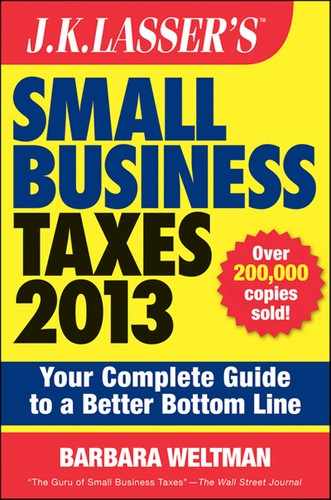Deducting Car Expenses in General
The discussion in this chapter applies to cars used partly or entirely for business.
The law allows you to choose between 2 methods for deducting business-related expenses of a car: the actual expense method or the standard mileage allowance fixed by the IRS, both of which are detailed in this chapter.
Choosing Between the Actual Expense Method and the Standard Mileage Allowance
Read over the rules on the actual expense method and the standard mileage allowance. For the most part, the choice of method is yours. The choice applies whether you own or lease the car. In some cases, however, you may not be able to use the standard mileage rate. Where you are not barred from using the standard mileage rate and can choose between the methods, which is better? Obviously, it is the one that produces the greater deduction. However, there is no easy way to determine which method will produce the greater deduction. Many factors will affect your decision, including the number of miles you drive each year and the extent of your actual expenses. See the example’s comparison.
In making your decision, bear in mind that the standard mileage allowance simplifies recordkeeping for business use of the car.
You should make the decision in the first year you own the car. This is because a choice of the actual expense method for the first year will forever bar the use of the standard mileage allowance in subsequent years. If you use the standard mileage rate, you can still use the actual expense method in later years. However, if the car has not yet been fully depreciated (using the deemed depreciation rates discussed later), then, for depreciation purposes, you must use the straight-line method over what you estimate to be the car’s remaining useful life.
